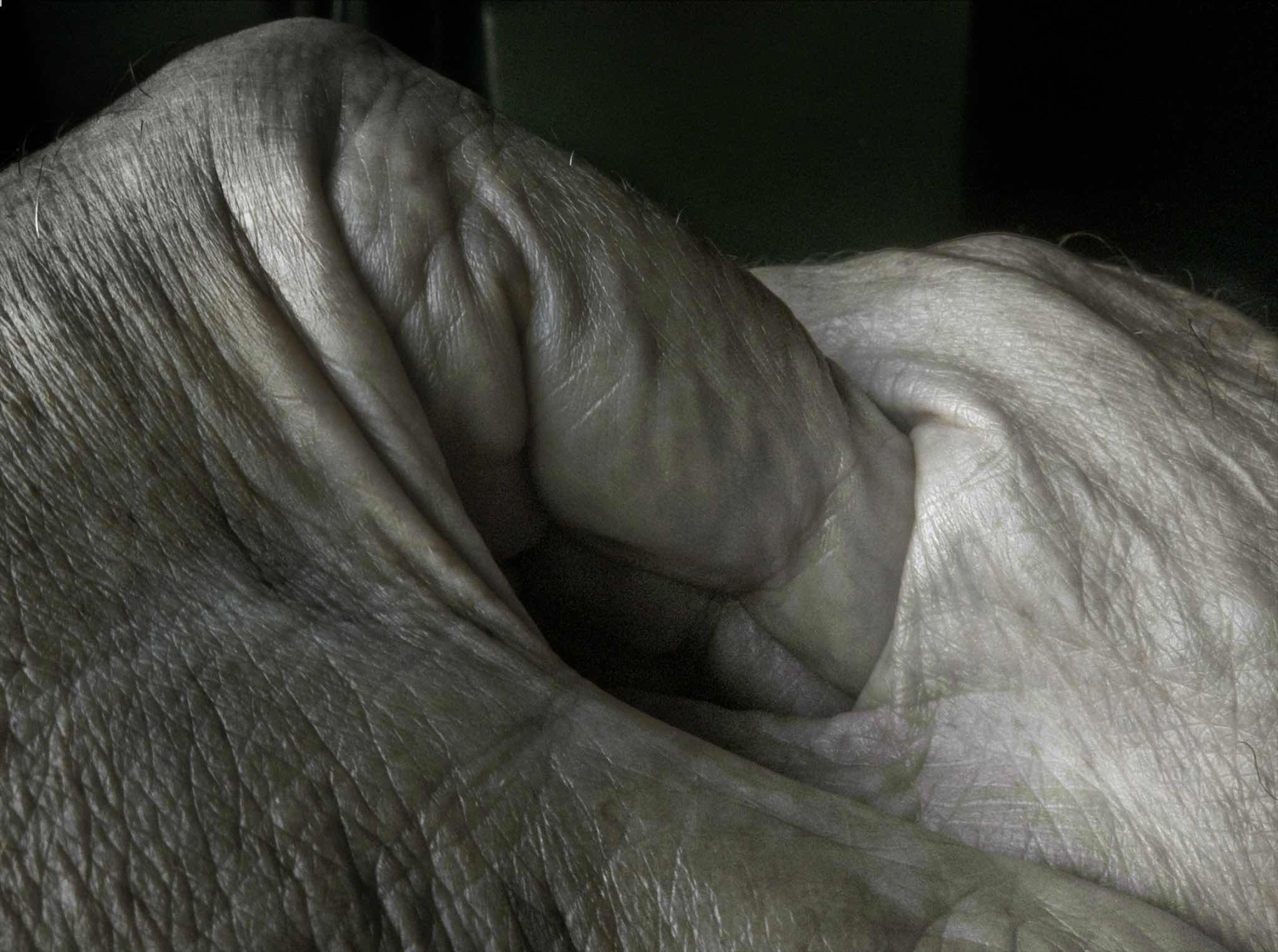HORVATLAND - THE THIRD MILLENIUM - PROJECTS - LOOK MA ! NO HANDS !GO TO HOME
2012, from Autobiography, in my iPad application Horvatland
I sometimes prefer photographing hands than faces. Basically, and by their natural and social functions, our facial expressions are signals that we use, more or less deliberately, in our dealings with people known or unknown, with whom we share (or not) a common language, and even with creatures with whom we cannot exchange words, such as our pets. One could say that we use them to manipulate others, and that this capacity is almost innate: a three months old baby knows how to obtain satisfaction for needs of which it is not even conscious, just by a smile or a scowl. This is why I tend to be sceptical, when fellow photographers claim that they ‘establish a contact’ with their sitters, by encouraging them to look at the camera, and that this ‘exchange’ allows them to seize an essence. As if the furrowing of our brows, the inflexions of our lips, the way we hold our necks, the tension (or the relaxation) of our jaws, the ever-changing landscape of our wrinkles were not part of a panoply of tools, intended to pretend, to dissimulate or to make believe! My own belief is that I can capture more ‘essence’ by photographing a person’s back, and even more by his (or her) hands! It seems to me that these more peripheral parts of our bodies are revealing a lot more about us, precisely because we are less aware of what they reveal. In other words, because I feel less manipulated by what people express unintentionally with their hands, than by what they try to make believe with their faces… But photographing my own hands is something else again. Sometimes they surprise me, as when I wake up in the morning and they are the first objects I see. But also at other moments, by the way they relate to each other, like team-mates, or antagonists, or lovers. And because they are, at the same time, a part of myself and something I observe. Which reminds me of Montaigne, saying that no study is more interesting – and more important – than the study of ourselves. In my own case, my hands keep informing me (often more than I care to know) about the hardening of my blood vessels and the aging of my skin… But what is even more special about this photographic situation is that I am, at the same time, the photographer and the model, the voyeur and his object. I can direct my hands from the inside, while watching them from the outside. Or even better: I can manipulate myself!


2011, Boulogne-Billancourt, France, hands (L)

2011, Boulogne-Billancourt, France, hands (L)

